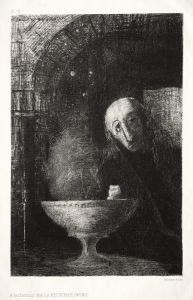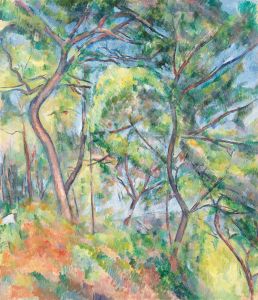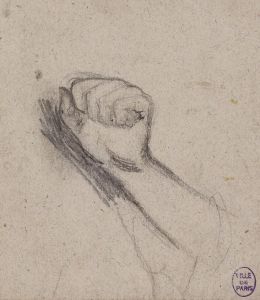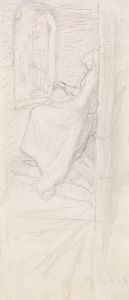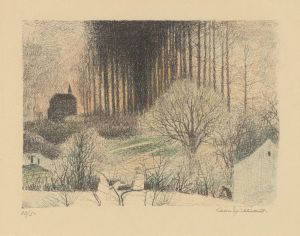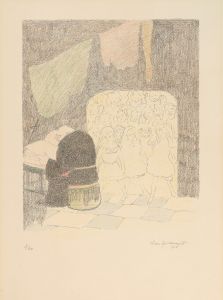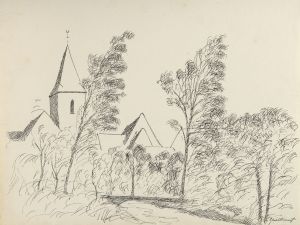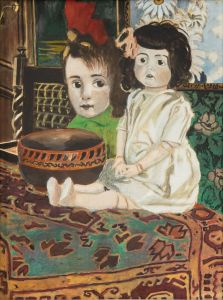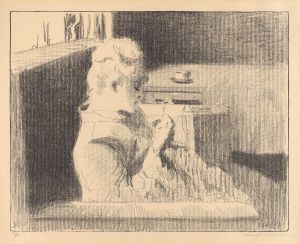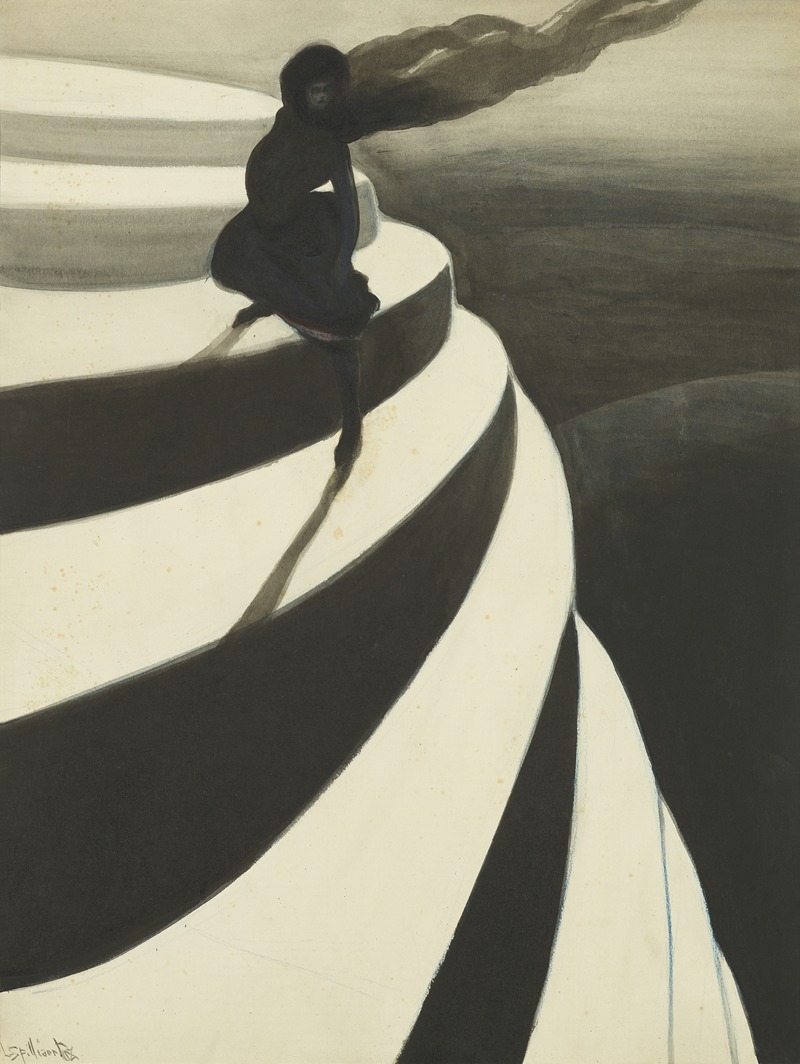
Vertigo
A hand-painted replica of Léon Spilliaert’s masterpiece Vertigo, meticulously crafted by professional artists to capture the true essence of the original. Each piece is created with museum-quality canvas and rare mineral pigments, carefully painted by experienced artists with delicate brushstrokes and rich, layered colors to perfectly recreate the texture of the original artwork. Unlike machine-printed reproductions, this hand-painted version brings the painting to life, infused with the artist’s emotions and skill in every stroke. Whether for personal collection or home decoration, it instantly elevates the artistic atmosphere of any space.
Léon Spilliaert's "Vertigo" is a notable work by the Belgian symbolist artist, created in 1908. Spilliaert, born in 1881 in Ostend, Belgium, is renowned for his moody and introspective works that often explore themes of solitude, existential dread, and the metaphysical. His style is characterized by a unique blend of symbolism and expressionism, often utilizing stark contrasts and a limited color palette to evoke emotional depth.
"Vertigo" is a quintessential example of Spilliaert's ability to convey psychological tension and a sense of unease. The painting is executed in gouache and watercolor, mediums that Spilliaert frequently employed to achieve a certain translucency and ethereal quality in his works. The choice of these mediums allows for a fluidity and softness that contrasts with the often stark and rigid subject matter.
The composition of "Vertigo" is both simple and profound. It depicts a lone figure standing at the top of a spiraling staircase, peering down into the void below. The perspective is sharply tilted, enhancing the sense of disorientation and instability. This visual approach effectively conveys the sensation of vertigo, both in a physical and psychological sense. The figure's isolation on the staircase is a recurring motif in Spilliaert's work, symbolizing introspection and the existential journey.
Spilliaert's use of color in "Vertigo" is minimal yet impactful. The palette is dominated by shades of black, white, and gray, with subtle hints of blue. This monochromatic scheme contributes to the painting's somber and contemplative mood. The stark contrasts between light and shadow further accentuate the dramatic tension and the feeling of unease.
Thematically, "Vertigo" can be seen as a reflection of Spilliaert's own introspective nature and his fascination with the inner workings of the human psyche. The painting captures a moment of existential crisis, a theme that resonates with the broader symbolist movement, which sought to explore the deeper, often darker aspects of human experience.
Spilliaert's work, including "Vertigo," was influenced by his environment and personal experiences. Growing up in the coastal town of Ostend, he was deeply affected by the sea and the ever-changing skies, elements that frequently appear in his art. Additionally, Spilliaert's health issues and periods of isolation contributed to the introspective and often melancholic tone of his work.
"Vertigo" is housed in the Royal Museums of Fine Arts of Belgium, where it continues to captivate audiences with its haunting beauty and psychological depth. Léon Spilliaert's ability to convey complex emotions through simple yet powerful imagery ensures that "Vertigo" remains a significant piece in the study of early 20th-century art, offering insight into the symbolist movement and the artist's unique vision.






